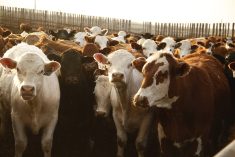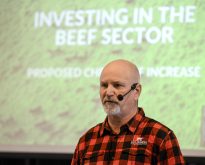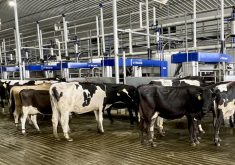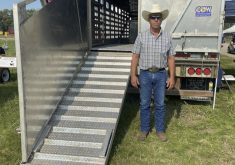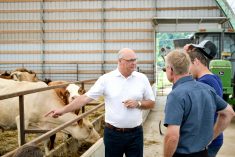Guardians of the Grasslands is now available for anyone to see.
The award-winning short film that emphasizes the importance of cattle to grassland ecosystems had been in limited circulation since its 2019 release.
The film is now available at guardiansofthegrasslands.ca.
Read Also
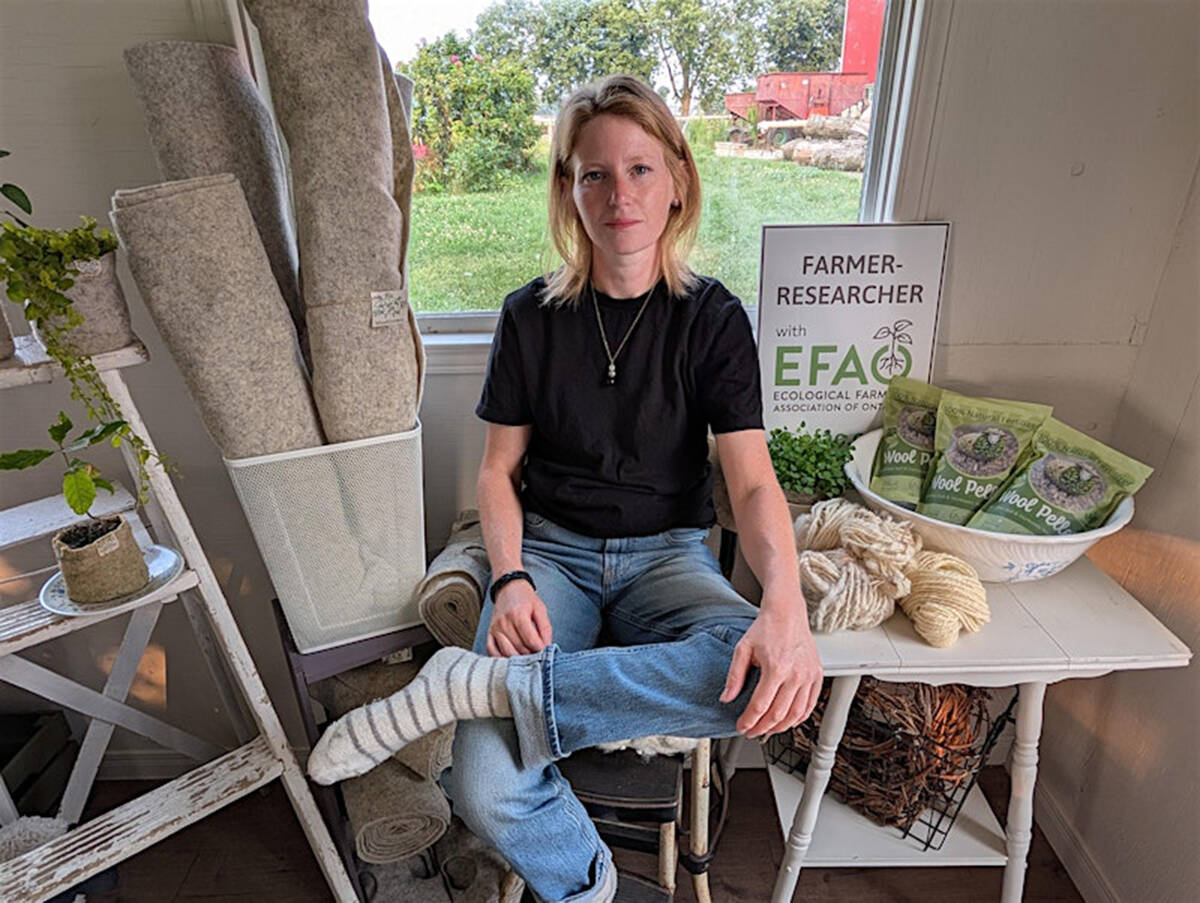
From fleece to fertile ground
Lindsey Weber turns Canadian wool into sustainable, biodegradable weed suppression and horticulture alternatives to plastic, boosting farm sustainability and revitalizing Canada’s wool industry.
Why it matters: Grasslands are home to 80 per cent of at-risk species, are a significant source of carbon sequestration and biodiversity and are reliant on cattle grazing to maintain health.
Often portrayed as a climate change scapegoat, the Canadian cattle narrative is evolving from villain to ecosystem saviour and Guardians of the Grasslands has helped do that.
“Context is so important. We’re not standing in a rainforest, we’re standing on the Canadian prairie,” said Kristine Tapley, Ducks Unlimited Canada’s regional agrologist in the film.
“In that context, we need grazers. We need a livestock industry to keep the prairie — what’s precious left of it — where it is.”
Filmmakers Sarah Wray and Ben Wilson, of Story Brokers Media House, were struck by Tapley’s passion for grassland preservation when they met in 2019.
A week later, while shooting at Waldron Ranch Grazing Co-op, a 65,000-acre sheep and cattle operation in southern Alberta, Wray said the key players needed to create the documentary were sitting at the table.
Guardians of the Grasslands focuses on the symbiotic relationship between large herbivores and grassland preservation, and uses the Waldon Ranch as a backdrop.
The ranch sequesters about two million tonnes of carbon, equivalent to the yearly emissions from 100,000 Canadians. Canadian grasslands provide $4.3 billion if stored carbon is priced at $15 a tonne.
Steven Lee, who has a background in global international development and policy, said at the launch of the public availability of the film that the conversion of grasslands has eliminated $11 billion worth of stable, long-term carbon sequestration. He calculates that 74 per cent of that was permanently lost when settlers developed cities, towns and infrastructure.
Lee was skeptical that Canadian cattle operations would be different than those in South America, Australia, India or Pakistan, but came to realize Canada is recognized as the exception.
In South America, swaths of rainforest are razed to plant grass for grazing cattle. But Canadian grasslands have existed for thousands of years and require grazing to be healthy and biodiverse, Lee said.
“There needs to be marketing incentivizing for people to continue doing that,” he said. “We need to pay for that ecological service … Canadians ought to be paying for that collectively in some way.”
Globally, there is increasing pressure for people to embrace plant-based diets but the eradication of cattle operations could have dire consequences for the grasslands.
Lee said that if ranchers are unable to make money from beef, and grassland is tilled under to grow a protein crop such as peas to make burgers, would it improve the overall ecological impact of the Canadian food supply? Or would it create major environmental issues, including flooding, loss of wildlife habitat for 80 per cent of Canadian at-risk species and a decline in the already low percentage of native grassland that remains?
Karla Guyn of Ducks Unlimited Canada said an environmentally responsible, economically viable beef industry is the best way to retain grasslands and wetlands.
“Without a healthy beef industry, these critical habitats will be rapidly developed or converted to other uses,” she said.
In 1988, Parks Canada, against the advice of local rangers who said grazing and disturbance were critical for healthy grassland, removed grazers from Saskatchewan’s Grasslands National Park for two decades. The impact was devastating.
Invasive grasses including crested wheatgrass took over, impacting wildflowers, pollinators and birds. Since 1970, birds dependent on grassland habitat have declined by 87 per cent.
The park turned a corner when, in partnership with Saskatchewan ranchers and conservationists, it reintroduced cattle.
Like bison before them, cattle are the keystone species in the grasslands ecosystem. They build topsoil, turn otherwise unusable ground into calories for human consumption and continually create a healthy environment for native grasses to flourish, said Ben Campbell, an Alberta rancher.
The documentary was well received during screenings at 25 international film festivals and 300 private screenings across North America, South Africa and Australia. It has won six awards, including best research, best directing, best cinematography, best editing and best short documentary.







